“Pulling” The Queen
 Starting in 1979, I got a job driving the town vehicle that pulled the Luck Winter Carnival royalty in local parades. I got the job because my dad worked for the maintenance crew in the Village of Luck, Wisconsin. The pickup truck was red, the same color as the Luck High School mascot, a cardinal bird.
Starting in 1979, I got a job driving the town vehicle that pulled the Luck Winter Carnival royalty in local parades. I got the job because my dad worked for the maintenance crew in the Village of Luck, Wisconsin. The pickup truck was red, the same color as the Luck High School mascot, a cardinal bird.
The job entailed washing the truck the day before each parade at the Village of Luck maintenance shop. I usually took advantage of the opportunity and washed my own car. The morning of the parade I would hook up the float that was stored in a garage behind a building on Main Street in Luck. The first float was built on what I would call a small hay wagon. After a few years it started to fall apart from age and was replaced by a small one-axle trailer.

I would hook up the float (covered in a tarp during storage) to the pickup and head to the staging area of whichever town was having the parade. Some of the towns where I pulled the float were Luck, Frederic, Grantsburg, Siren, Milltown, St. Croix, Clayton.
Typically the families of the royalty (queen, 1st and 2nd princesses, miss congeniality) drove their daughter to and from the parade, but occasionally they would ride with me in the pickup.
As soon as I arrived at the start of the parade route, there would be a coordinator who would direct me our numeric place in line. I would take off the tarp, fold down the sides of the float (hinged for easy transport and storage), position the Luck ‘horseshoe’, and fill in the bare spots of the cover decorations that might have come loose or lost during usage.

The Luck royalty would mingle with royalty from other towns until time for the parade to start. The most important thing to remember during the parade was to drive slow and accelerate smoothly. There was really nothing to hold on to while the girls were sitting on the float seats. No matter how slow I went, there were always times when I had to go over bumps in the road that caused the royalty to grab their crowns so they didn’t fall off! And I do admit taking a few corners faster than I should have! But none of the girls ever fell off. Obviously, after the parade the girls went home and I packed up the float for storage back in Luck, Wisconsin.
Sometimes Things Happened
One time for the Lucky Days parade in Luck, the town vehicle wouldn’t start so I ended up using my own 1966 Chevy Caprice to tow the float.
On one occasion, I was driving the float and some of the royalty back to Luck. We came upon a non-standard four-way stop. Because so much of the traffic made a left in one direction, they replaced one of the stop signs with a yield sign at the end of a curve. I was not familiar with it and ended up blowing through the yield sign (there was no other traffic around). Anyway, sirens and lights went on and a local police officer pulled me over. I hopped out of the pickup and walked up to the officer. After looking at my license, he realized he knew my dad, and let me off with just a warning.
During the year I pulled the 1980 royal court, I was followed to one parade event by the father of the queen. He didn’t like that some of the float’s cover decorations were coming loose on the way (they get fixed before the start of the parade, as I already mentioned). That was the last parade I was allowed to pull the float in that year because the father decided HE was going to do the pulling!
Royalty Courts I ‘Pulled’
- 1978
Jill Sandstorm – Queen
Kelly Olson – 1st Princess
Lori Jerrick – 2nd Princess and Miss Congeniality - 1979
Valerie Ellefson – Queen
Patti Walsten – 1st Princess
Nancy Hanson – 2nd Princess - 1980
Gina Boatman – Queen
Brenda Lunsmann – 1st Princess
Shelley Nelson – 2nd Princess - 1981
Cindy Patrick – Queen
Kari Bille – 1st Princess
Kelly Kreutzian – 2nd Princess
Barb Skow – Miss Congeniality



 Speeding Ticket Number 1
Speeding Ticket Number 1





















 One of the biggest employers in the area where I grew up as a teenager was the Stokely Van Camp bean processing factory in Frederic, Wisconsin. The work was seasonal because it revolved around planting, picking, cutting and canning green beans harvested from fields in nearby towns. Farmers would contract with Stokely to plant beans on their land. They would get compensated by the number of hoppers of beans cut during summer months.
One of the biggest employers in the area where I grew up as a teenager was the Stokely Van Camp bean processing factory in Frederic, Wisconsin. The work was seasonal because it revolved around planting, picking, cutting and canning green beans harvested from fields in nearby towns. Farmers would contract with Stokely to plant beans on their land. They would get compensated by the number of hoppers of beans cut during summer months.









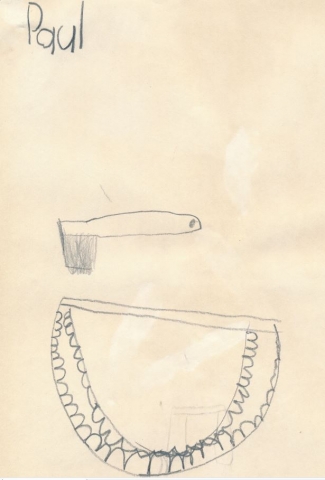
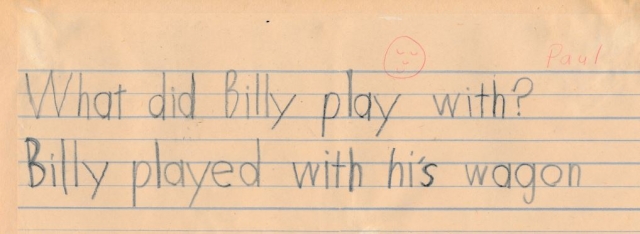
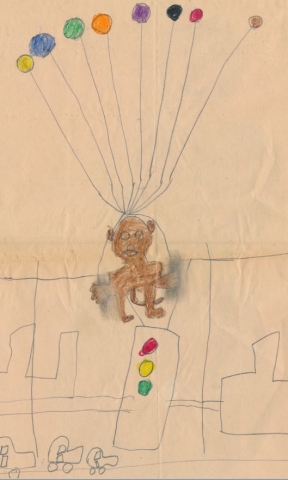
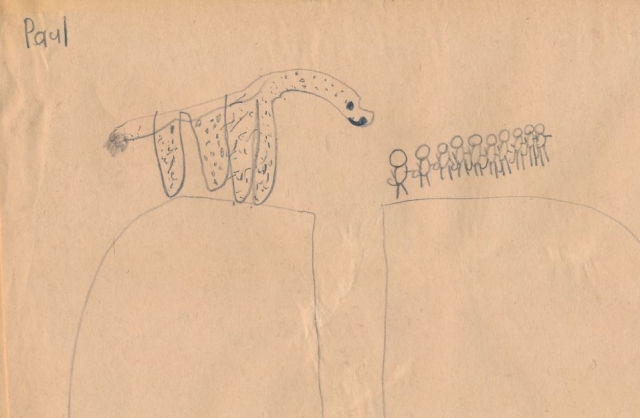
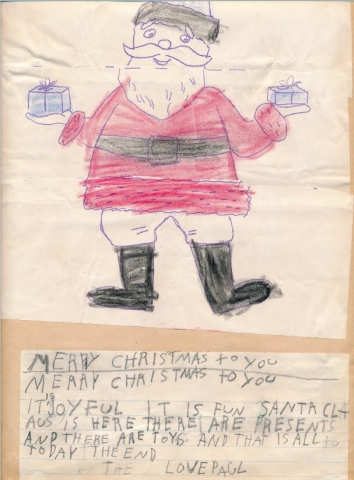
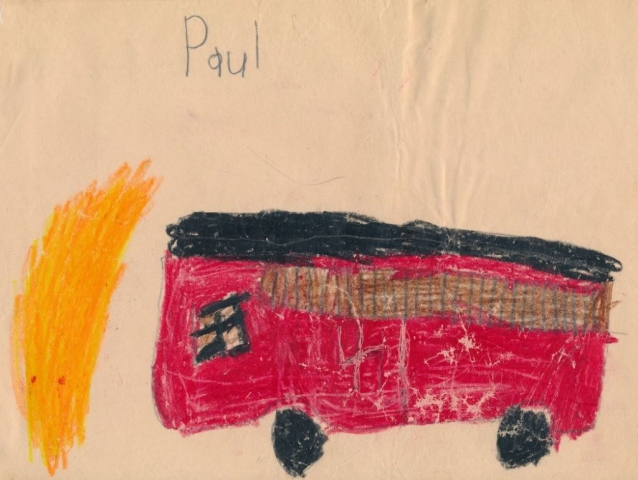
 I grew up in northwestern Wisconsin on the edge of
I grew up in northwestern Wisconsin on the edge of 


 One of the money-making activities for me as a teenager was picking cucumbers from a field on my parent’s property. I must admit that I did little in the overall scheme of things. My dad did the tilling of soil. I helped plant the seeds, did some of the watering, did most of the picking. But the idea of planting cucumbers and driving the produce to the sorting facility would not have happened if not for the involvement of my parents.
One of the money-making activities for me as a teenager was picking cucumbers from a field on my parent’s property. I must admit that I did little in the overall scheme of things. My dad did the tilling of soil. I helped plant the seeds, did some of the watering, did most of the picking. But the idea of planting cucumbers and driving the produce to the sorting facility would not have happened if not for the involvement of my parents.


 One of the first jobs I had as a teenager in the mid 1970s was a busboy at a place near St. Croix Falls, Wisconsin called “The Windjammer Supper Club”. It was on the south side of U. S. Highway 8 not far from the intersection of Wisconsin Highway 35.
One of the first jobs I had as a teenager in the mid 1970s was a busboy at a place near St. Croix Falls, Wisconsin called “The Windjammer Supper Club”. It was on the south side of U. S. Highway 8 not far from the intersection of Wisconsin Highway 35. 
















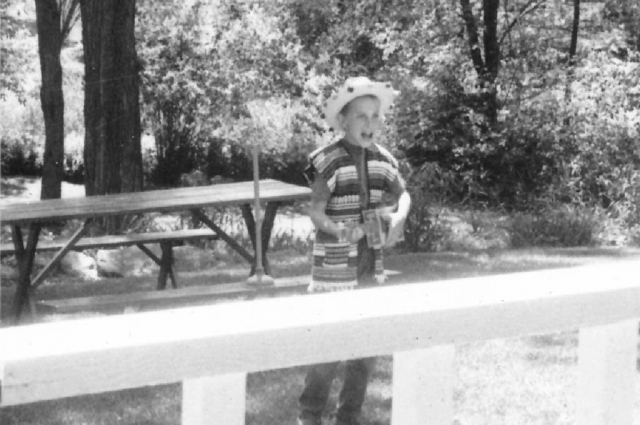

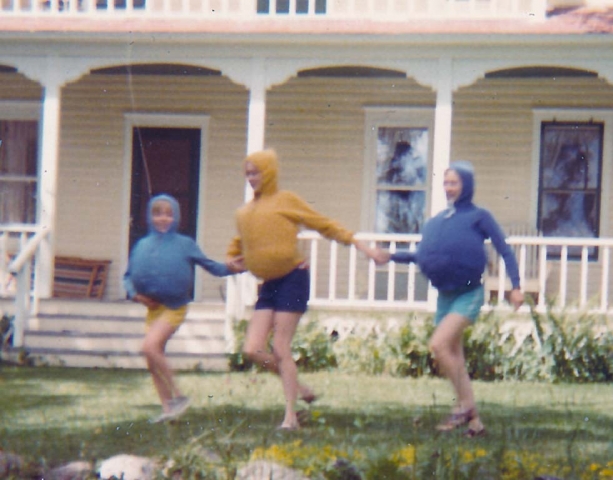
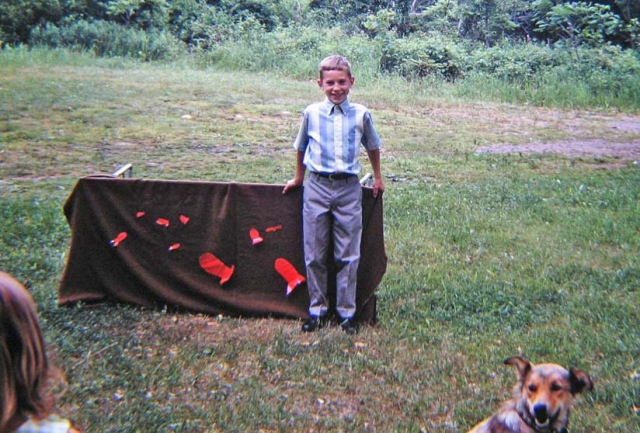
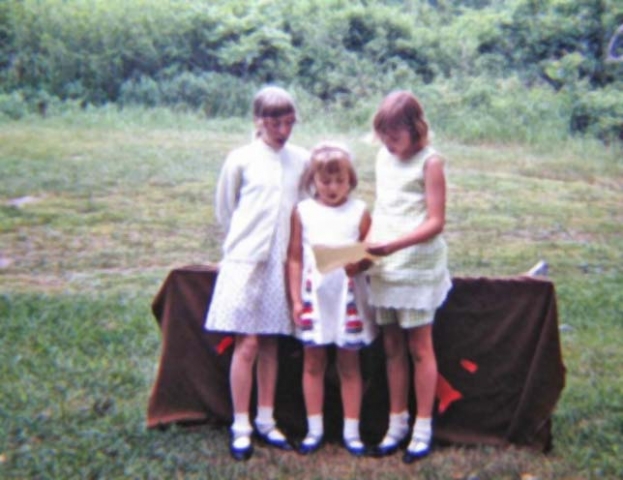
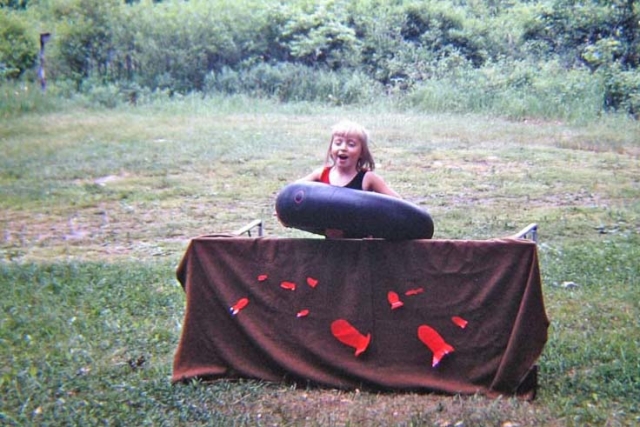
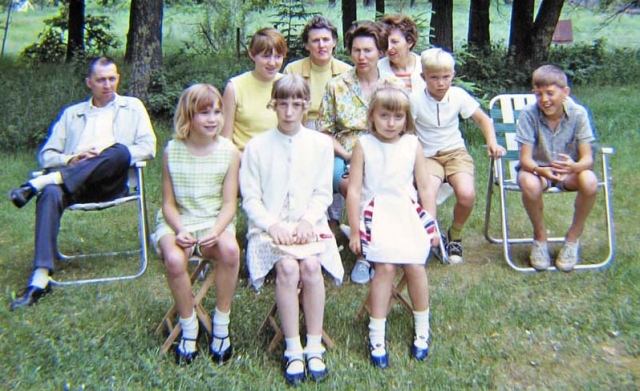
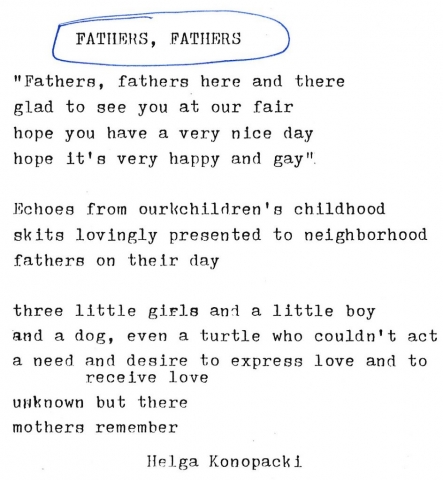
 A few months ago my wife and I started to record episodes of “Jeopardy!”. We would watch it together and pause playback immediately after each answer was presented. It might take up to two minutes for us to come up with what we thought was the correct question, then we would restart playback. We amazed ourselves at what we could pull from the recesses of our minds. When our response was incorrect, we would just say ‘RATS!’ and moved on to the next answer. The other day one of the answers had to do with the famous play, “Man of La Mancha”. It is the story of
A few months ago my wife and I started to record episodes of “Jeopardy!”. We would watch it together and pause playback immediately after each answer was presented. It might take up to two minutes for us to come up with what we thought was the correct question, then we would restart playback. We amazed ourselves at what we could pull from the recesses of our minds. When our response was incorrect, we would just say ‘RATS!’ and moved on to the next answer. The other day one of the answers had to do with the famous play, “Man of La Mancha”. It is the story of 

























 I thought I would cover my experiences playing softball and baseball during the early parts of my life. (I haven’t played in over 30 year).
I thought I would cover my experiences playing softball and baseball during the early parts of my life. (I haven’t played in over 30 year).










